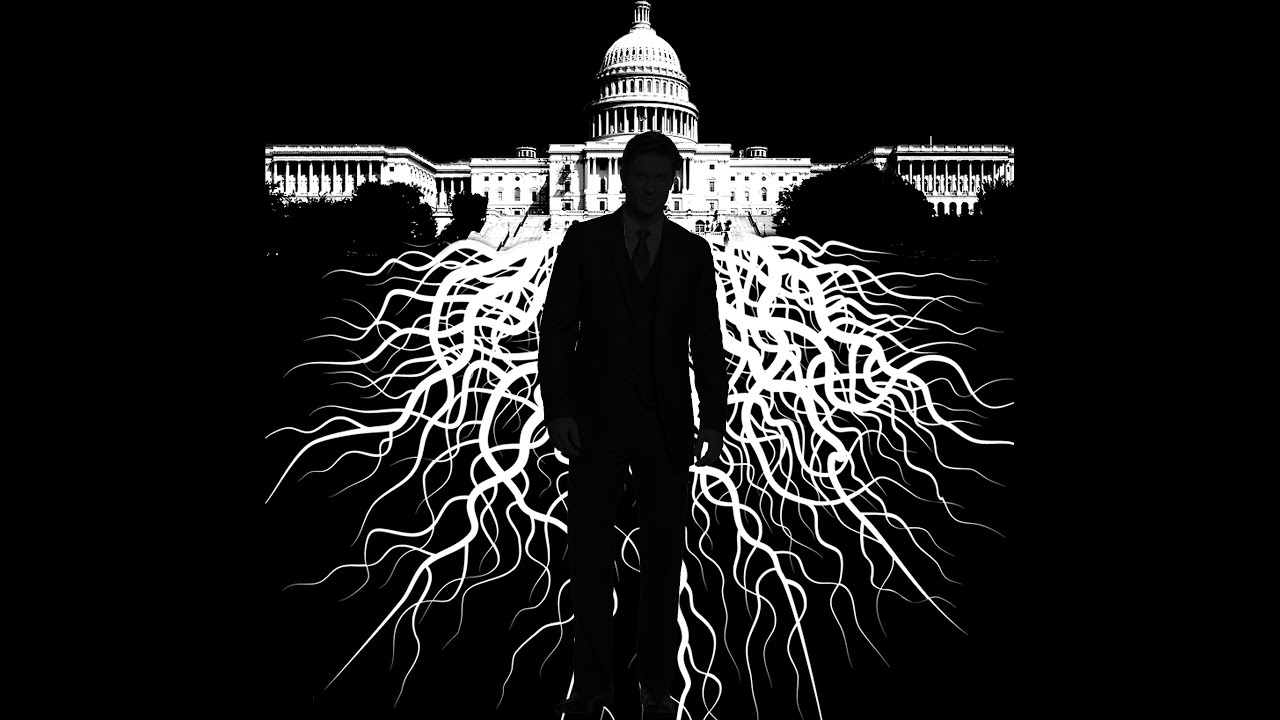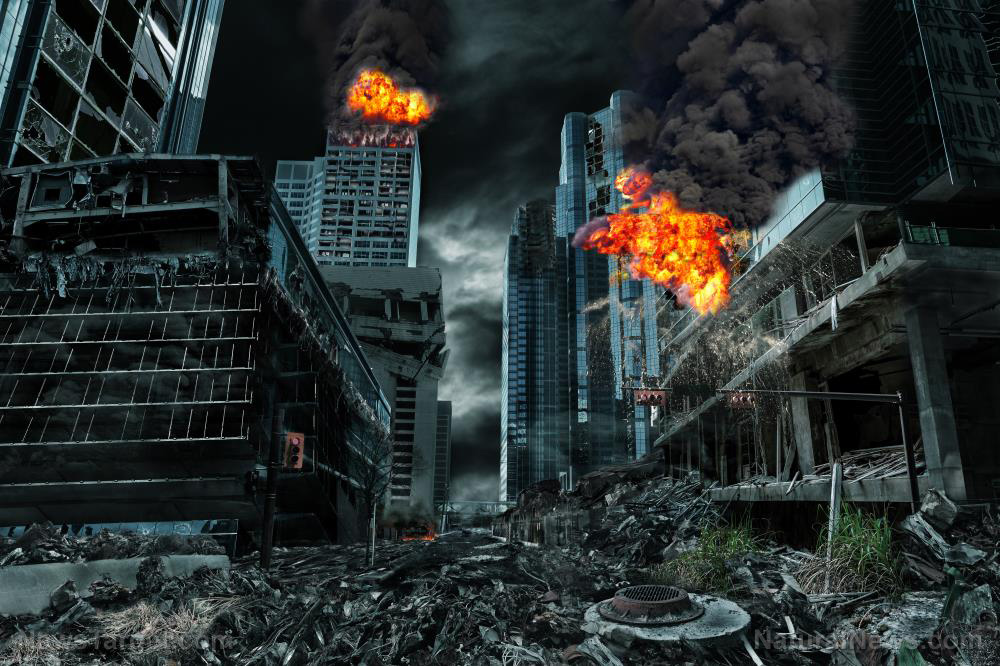COVER-UP: GE handled Fukushima’s nuclear reactor design, knew it was faulty … “so flawed it could lead to a devastating accident”
02/09/2017 / By Vicki Batts

General Electric, commonly referred to as “GE,” doesn’t have the best reputation; the company’s history is rife with criminal, civil, ethical and political offenses. But perhaps one of the most morally questionable aspects of GE centers on an event that happened across the globe: the Fukushima nuclear accident.
The corporate giant designed five of the six nuclear reactors at Fukushima Daiichi nuclear power plant — General Electric Mark 1 reactors; a design the company knew was faulty decades ago. The potential for disaster was ignored, and the end result was a catastrophe that has unleashed immeasurable harm on the environment.
GE workers resigned over reactor flaws
Just over 40 years ago, Dale G. Bridenbaugh and two of his colleagues resigned from their jobs at GE, due to their increasing concerns about the Mark 1 nuclear reactor. They were growing more and more convinced that the design was so flawed that it could inevitably lead to a “devastating accident.”
In a 2011 interview with ABC News, Bridenbaugh explained, “The problems we identified in 1975 were that, in doing the design of the containment, they did not take into account the dynamic loads that could be experienced with a loss of coolant.”
“The impact loads the containment would receive by this very rapid release of energy could tear the containment apart and create an uncontrolled release,” he added.
Questions about the safety of the Mark 1 and its ability to handle the immense pressures that would result if cooling power was lost continued to persist for decades. (RELATED: Follow more news on Fukushima at FukushimaWatch.com)
GLYPHOSATE testing is now being applied to all Health Ranger Store branded products. Our in-house lab uses LC-MS-MS (triple quad mass spec). See the full lab science tour video and announcement here. Shop for ultra-clean, lab-tested superfoods, personal care products and more at the Health Ranger Store, the world's most trusted source for clean foods and lab-verified nutritional solutions.
The Mark 1 has been heavily criticized
In the years after Bridenbaugh came forward, others would go on to speak critically of the Mark 1 reactor. In 1986, then- director of NRC’s Office of Nuclear Reactor Regulation, Harold Denton spoke out about the concerning design at an industry conference.
“I don’t have the same warm feeling about GE containment that I do about the larger dry containments,” Denton said.
“There is a wide spectrum of ability to cope with severe accidents at GE plants,” Denton said. “And I urge you to think seriously about the ability to cope with such an event if it occurred at your plant.”
Global Research also reports that when Denton was asked “if [the remedial measures performed on the Fukushima reactors by GE before 2011] was sufficient,” it gave him pause. His response?
“What I would say is, the Mark 1 is still a little more susceptible to an accident that would result in a loss of containment.”
It seems that Denton was none too confident in the stability of the Mark 1 reactor, either.
The New York Times has even reported on the hefty criticisms of GE’s creation. The Times noted that in 1972, a safety official with the Atomic Energy Commission, Stephen H. Hanauer recommended that the Mark 1 system be discontinued because it presented unacceptable safety risks. The smaller containment design was cited as a concern, because it would be more susceptible to explosion and rupture from a hydrogen build-up — something that is believed to have actually happened at the Fukushima Daiichi plant.
Reactors explode in Fukushima
On March 11, 2011, an explosion ripped the roof right off of reactor 1 at the Fukushima Daiichi nuclear power plant. On March 14, another explosion at reactor 3 inured 11 workers, and another “sound like an explosion” was also heard near the suppression pool of reactor 2.
All three incidents were thought to be related to the build-up of hydrogen gas. Scientific American explains that partial meltdowns caused the hydrogen explosions.
To put it simply: Fukushima was a disaster in every sense of the word. It will take years for scientists to develop the technology to even get near some of the ruins, let alone to try and clean up the horrendous aftermath. Even robots cannot be protected against radiation that strong.
Following the shocking 9.0 earthquake that rattled the Fukushima Daiichi nuclear power plant, ABC News reported on March 15, 2011 that GE said the reactors had ‘a proven track record of performing reliably and safely for more than 40 years’ and that they “performed as designed,” even among the explosions and evident radiation leaks.
Was it all a cover up? Who knows. But unfortunately for GE, no amount of denial will wash away nuclear radiation. Stay informed about nuclear radiation news and science at RadiationScience.com.
Sources:
Tagged Under: Fukushima, GE, nuclear accidents, nuclear reactor, priority




















